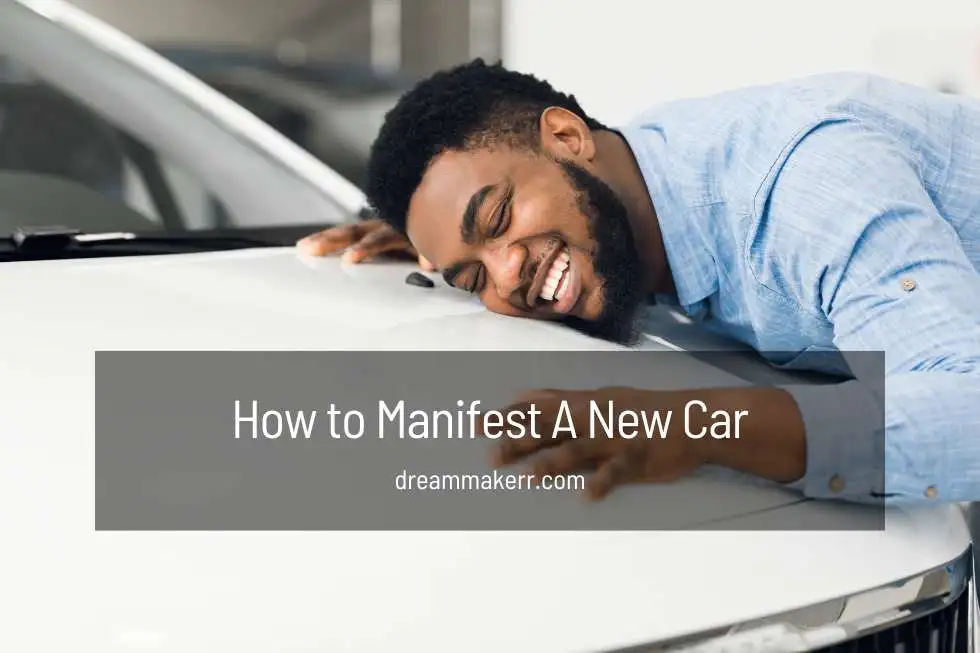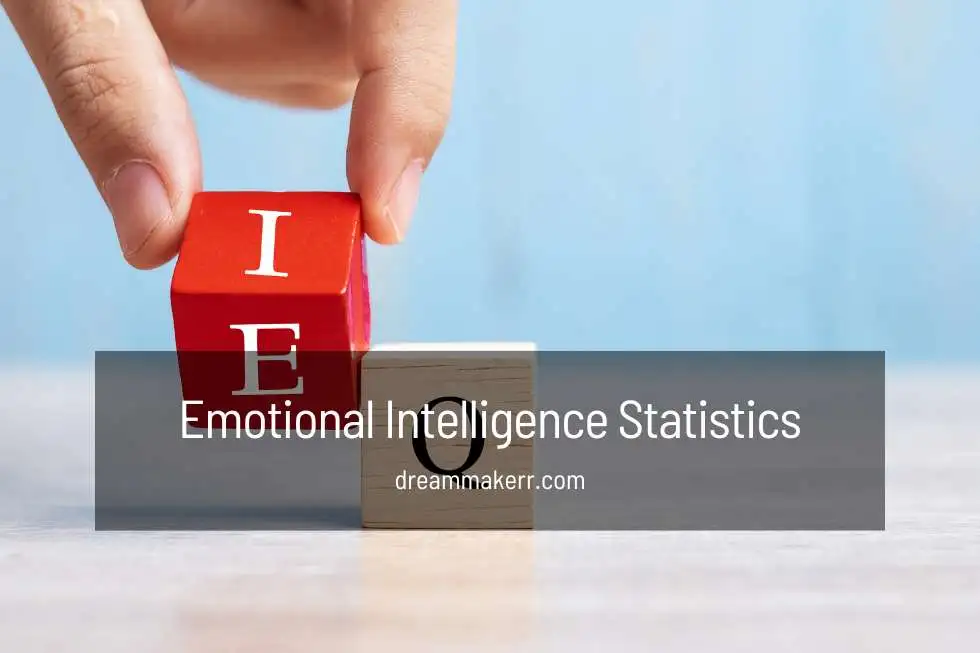On this page
Moodboards: A Comprehensive Guide to Creating and Utilising Them
Mood boards are a popular tool used by designers, artists, and creatives of all kinds to visually communicate their ideas and inspirations.
A mood board is essentially a collage of images, colors, textures, and other visual elements that convey a certain mood or feeling.
They can be used for a variety of purposes, from setting the tone for a design project to capturing the essence of a brand.
Creating a mood board can be a fun and engaging process. It allows the creator to explore different ideas and experiment with various visual elements to see what works best. A mood board can be as simple or as complex as needed, depending on the project at hand. Some mood boards may consist of just a few images, while others may be more elaborate and include a variety of different elements.
Using a mood board can be a great way to communicate ideas and collaborate with others. By sharing a mood board, individuals can get feedback from others and make adjustments as needed.
Mood boards can also be a useful tool for staying organized and focused, as they provide a visual roadmap for the project at hand. Overall, mood boards are a versatile and effective tool for anyone looking to express their creativity and communicate their ideas visually.
What are Mood Boards?
A mood board is a visual tool used to convey a specific concept or idea. It is a collection of images, colors, textures, and other design elements that represent the overall mood or feeling of a project.
Mood boards are commonly used in fields such as interior design, fashion, and graphic design.
Definition
A mood board is essentially an arrangement of images that evoke certain feelings or emotions. They can be made up of anything from photos to drawings to textiles—anything that conveys the desired “vibe” or feeling. They can be physical or digital collections of materials that relate to the theme or message of the project.
Purposes of Mood Boards
Mood boards serve several purposes in the design process. Firstly, they help to establish a clear direction for the project. By creating a mood board, designers can visualize the overall look and feel of the project, which can help them to make decisions about color palettes, typography, and other design elements.
Secondly, mood boards can help to communicate ideas and concepts to clients or stakeholders. By presenting a mood board, designers can show clients the overall vision for the project and get feedback before moving forward with the design process.
Finally, mood boards can serve as a source of inspiration for designers.
By collecting images and other design elements that represent the desired mood or feeling of the project, designers can draw inspiration and ideas for the final design.
How to Create a Mood Board
Creating a mood board can be a great way to visually communicate a concept or idea. Here are some steps to follow when making a mood board:
Gathering Inspiration
The first step in creating a mood board is to gather inspiration. This can be done by looking at magazines, books, websites, or any other source of visual inspiration. It’s important to keep an open mind and collect a variety of images and textures that relate to the theme or concept of the mood board.
Choosing a Theme
The next step is to choose a theme for the mood board. This could be a color scheme, a particular style or aesthetic, or a specific concept or idea. It’s important to have a clear idea of the theme before moving on to the next step.
Selecting Visual Elements
Once the theme has been chosen, it’s time to start selecting visual elements for the mood board. This could include images, textures, colors, and typography. It’s important to choose elements that fit the theme and work well together.
Arranging the Elements
The final step is to arrange the elements on the mood board. This can be done using a physical board and glue, or digitally using tools like Canva or Miro. It’s important to pay attention to the placement and balance of the elements, and to make sure that the overall mood and message of the board is clear.
Types of Mood Boards
Mood boards can be physical or digital collages that arrange images, materials, text, and other design elements into a format that represents the final design’s style. Sometimes called inspiration boards, mood boards can be used for creating brand designs, product designs, website designs, and pretty much any other type of design project. Mood boards are an essential tool for designers, artists, and creatives to visualize their ideas and communicate their vision to others.
Physical Mood Boards
Physical mood boards are a traditional way to create a visual representation of a design concept. They are made by cutting and pasting images, textures, and colors onto a board or a piece of paper. Physical mood boards can be tactile and interactive, allowing designers to experiment with different materials and textures. They are also great for presenting ideas to clients or team members in person.
Physical mood boards can be made from a variety of materials, including foam boards, cork boards, or even old-fashioned bulletin boards. They can be decorated with paint, fabric, or other materials to create a unique look and feel. Physical mood boards are great for brainstorming sessions, where designers can pin up ideas and collaborate on different concepts.
Digital Mood Boards
Digital mood boards are becoming increasingly popular with the rise of digital design tools. They are created using software such as Adobe Photoshop, Illustrator, or InDesign. Digital mood boards are easy to create and can be shared with team members or clients online. They are also great for creating a consistent look and feel across different design projects.
Digital mood boards can include images, text, and other design elements. They can be created from scratch or using templates that are available online. Digital mood boards can be easily updated and revised, making them a great tool for iterating on design concepts.
Social Media Mood Boards
Social media mood boards are a newer type of mood board that is becoming more popular. They are created using social media platforms such as Pinterest or Instagram. Social media mood boards are great for gathering inspiration and ideas from a wide range of sources. They can be shared with team members or clients online, making them a great tool for collaboration.
Social media mood boards can include images, videos, and other multimedia elements. They can be organized into different boards or categories, making it easy to find and share specific ideas. Social media mood boards are also great for discovering new trends and styles in design and art.
The Benefits of Using Mood Boards
When it comes to design, mood boards are an incredibly useful tool. They help designers to visualize ideas, streamline communication, and encourage creativity. Here are some of the benefits of using mood boards:
Visualizing Ideas
Mood boards are an excellent way to visualise ideas. They allow designers to collect and organise images, colours, and typography that represent their vision for a project. By creating a visual representation of their ideas, designers can get a better sense of how different elements will work together and whether they are on the right track.
Furthermore, mood boards can help designers to communicate their ideas to others who may not be able to visualize them as easily. By sharing a mood board with a client or team, designers can ensure that everyone is on the same page and working towards the same goal.
Streamlining Communication
Mood boards can also streamline communication between designers, clients, and teams. By using a mood board to share ideas and concepts, everyone involved in a project can see what the designer is thinking and provide feedback more easily. This can save time and prevent misunderstandings down the line.
Additionally, mood boards can help to ensure that everyone involved in a project is working towards the same goal.
By creating a shared vision for a project, designers can help to ensure that everyone is aligned and working towards the same end result.
Encouraging Creativity
Mood boards can also encourage creativity by providing designers with a starting point for their work. By collecting images, colours, and typography that inspire them, designers can use a mood board to jumpstart their creativity and generate new ideas.
Mood boards can also help designers to think outside the box by exposing them to new ideas and concepts that they may not have considered otherwise. By including a variety of images and ideas on a mood board, designers can push themselves to think creatively and come up with unique solutions to design problems.
Examples of Mood Boards in Different Industries
Fashion and Beauty
Fashion and beauty are two industries that rely heavily on visual communication. Mood boards are often used to convey the desired aesthetic and style of a clothing line or beauty product. For example, a fashion mood board might include images of fabrics, colors, and textures that inspire the designer, as well as photos of models and fashion shows that capture the desired look and feel of the collection.
Similarly, a beauty mood board might include images of makeup looks, skincare products, and packaging designs that communicate the brand’s values and message. Mood boards are a useful tool for designers and marketers in these industries to ensure that the final product aligns with their intended vision.
Interior Design
Interior design is another industry where mood boards are commonly used. A mood board can help an interior designer communicate the desired style and atmosphere of a space to their clients. For example, a mood board for a beach house might include images of sandy beaches, ocean waves, and seashells, as well as colors and textures that evoke a coastal vibe.
Similarly, a mood board for a modern apartment might include images of sleek furniture, minimalist decor, and neutral colors that create a clean and sophisticated look. Mood boards can help interior designers and clients get on the same page and ensure that the final space meets their expectations.
Graphic Design
Graphic designers often use mood boards as a starting point for their design process. A mood board can help a designer explore different color palettes, typography options, and visual styles before settling on a final design. For example, a mood board for a website redesign might include images of other websites with similar aesthetics, as well as fonts and colors that align with the brand’s identity.
Similarly, a mood board for a logo design might include images of other logos with similar styles, as well as colors and symbols that communicate the brand’s values and message. Mood boards can help graphic designers narrow down their options and create a cohesive design that meets their client’s needs.
Film and TV Production
Mood boards are also commonly used in film and TV production to communicate the desired look and feel of a project. A mood board can help a director or cinematographer explore different lighting, color, and camera angle options before filming. For example, a mood board for a horror film might include images of dark and creepy settings, as well as lighting and camera techniques that create suspense and tension.
Similarly, a mood board for a romantic comedy might include images of bright and colorful settings, as well as lighting and camera techniques that create a lighthearted and fun atmosphere. Mood boards can help filmmakers create a visual language for their project and ensure that the final product aligns with their intended vision.

Petri Maatta is a mindset coach and neuroscience-focused author with 15 years of experience in personal transformation and success psychology. After seven years of business failures, he discovered the power of manifestation through a Fortune 500 mentor. Now, he shares neuroscience-backed strategies through DreamMaker membership, helping others transform their businesses and lives on their own terms.
Read My Story here.
Share This Story, Choose Your Platform!
You want to manifest a new car, but you’re wondering: Does this really work? Here’s
Many smart individuals are often linked with having a high IQ. However, according to emotional
According to online dating statistics over 90% of people believe in love at first sight,




